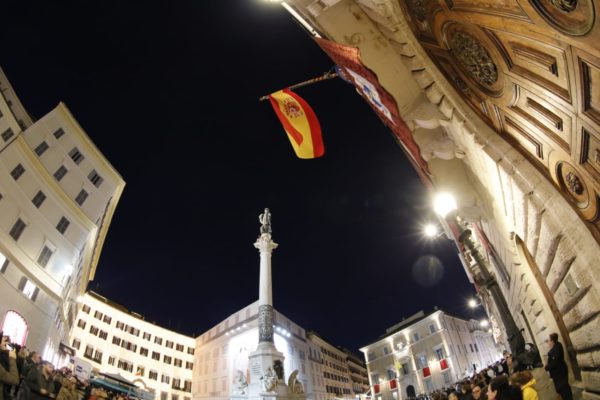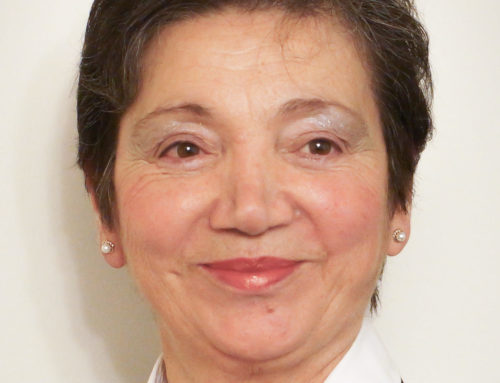The Immaculate. Piazza Spagna, Roma. FIAMC Press Services
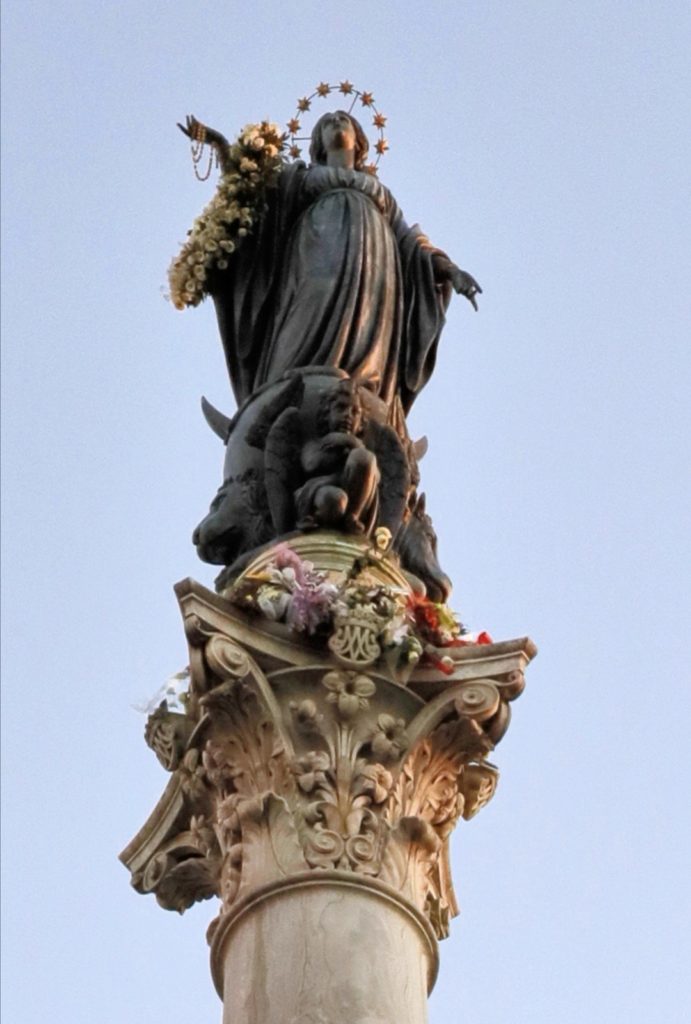
The Immaculate. Piazza Spagna, Roma. FIAMC Press Services
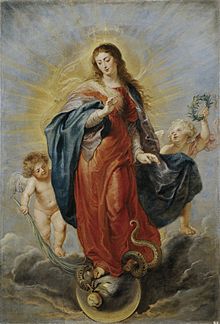
THE IMMACULATE CONCEPTION
Be it done unto me according to thy word (Lk 1:26-38)
The year 1854 was not a good one in the history of the papacy. The papal states were under threat. “Catholic French troops” were protecting the pope against “Catholic Italian troops” up to 1870, when the Italian republic was born, and when Papal infallibility was defined. Pope PIUS IX was the last head of the papal states and resisted these changes. In that context he proclaimed the dogma of the Immaculate Conception, having consulted the bishops round the world as to what the faithful believed about and honoured in Our Lady. He did not allow changing politics to determine the essentials of the faith, and who had the right to define it. Unknown to him Our Vatican City today, with its 108 acres, serves us very nicely as a papal enclave, universally recognized and universally protected, and non Italians in the See of Peter as Peter’s successors, for the last decades, freed from internal political threats.
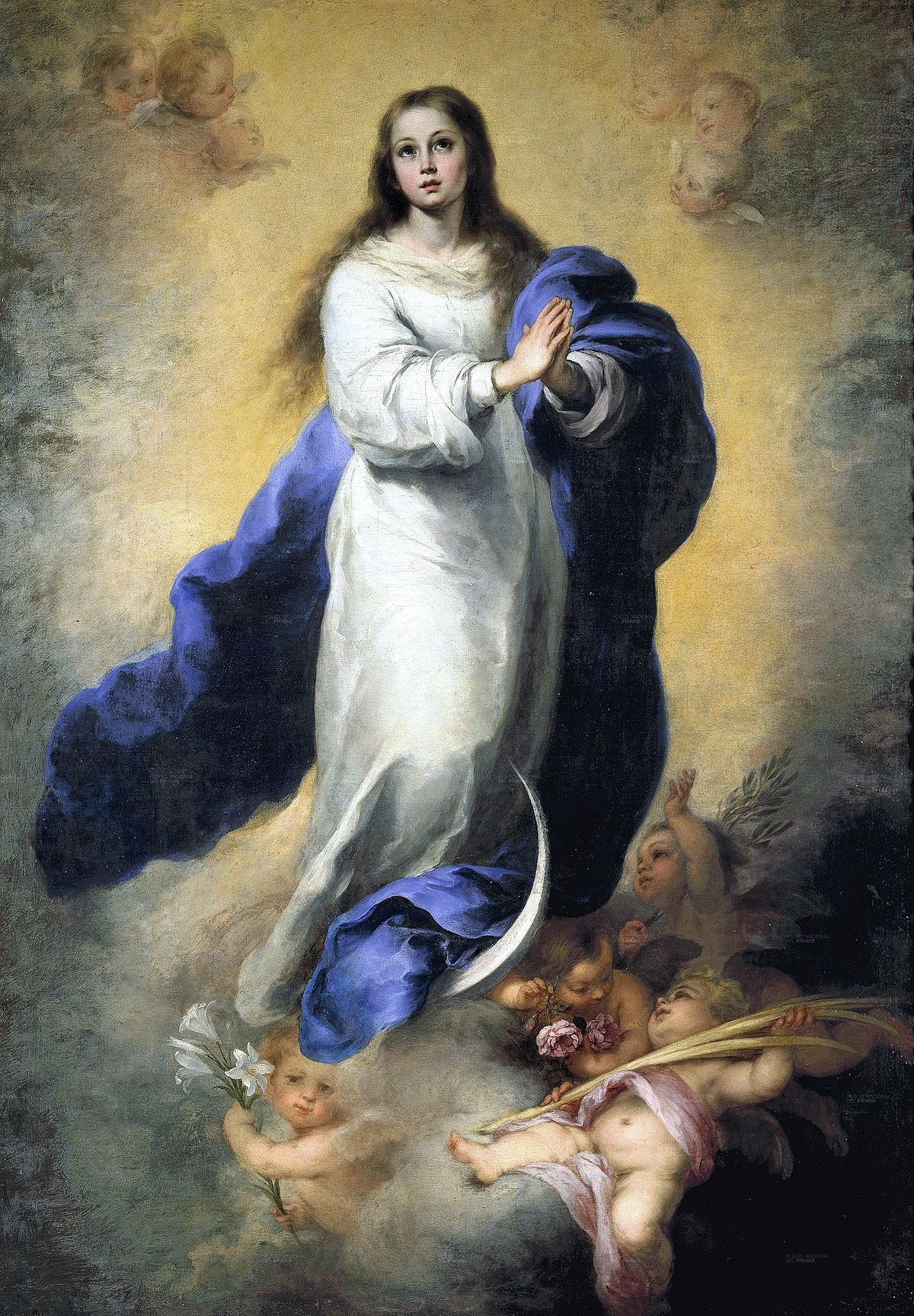
Painter: Bartolomé Esteban Murillo. Museo del Prado. Madrid.
Biblical Background
Of Mary of Nazareth we would have known nothing had it not been for her Son. And because of her Son Christians have wanted to know everything about Mary. Some early believers, when they had very little facts made them up- such are the apocryphal gospel writers. But while the four canonical Gospels have given us very little detail about Mary what they have given us is of unsurpassable importance. To appreciate their con-tribution we acknowledge how little we would have known had they not told us. The Gospel as preached by Paul, for example, makes only one mention of Mary, and then not by name: Born of a woman, born under the Law (Gal 4:4). That is already very precious. It is a historical reference. Jesus was no myth, but came into the real historical world like everyone else. (The Pauline writings are a third of the New Testament and yet they tell us virtually nothing of Paul’s own family, not where he was born, nor anything of his background. It is St.Luke in the Acts of the Apostles who gives us most of the data we have about Paul- and even then we do not know from Luke where Paul died). So we appreciate Paul’s witness concerning Mary.
Luke and Matthew
Luke and Matthew are the two evangelists who give us the most important information about her: Jesus was born of a woman but with no earthly father. The Virginal Conception is the name given to that fact. This is not the same, of course, as the Immaculate Conception. The Virginal Conception refers to the earthly begetting of Jesus- he had no earthly father. The Immaculate Conception refers to the begetting of Mary. She did have an earthly father and mother. But she came into the world without any sin or any trace of sin at all in her being. This is a deduction from her motherhood of Jesus, – she was the mother of God.
Being sinless is hard to imagine. But it would have been even harder to imagine how God’s only Son could have been born of a woman who was a sinner, a selfish human being like the rest of us. The problem was how to think she was truly human, yet not a sinner, that she was the mother of God, and yet somehow had to be saved. Blessed Duns Scotus said she had been redeemed in anticipation of Christ’s coming. What the Eternal Son, out of time, had done, was to prepare his mother at the moment of her entering time, to be sinless for bringing him into the world of time. It was all a way of saying that she is a human being and that her Son is both eternal God and historical man; that she was saved like everyone else, that she is the mother of the Eternal Divine Son- Theotokos. Essentially the story is about him. Sin could not have touched him, the eternal Son of the eternal God, and as a human being his mother, in that most intimate of all relationships,- a childbearing mother – she could not have been unworthy of him. She came into existence as the purest of creatures.
So it is her story too, her historical story. And the few facts that we have in the Gospel piece that story together. Luke had presented her fiat, her saying ‘yes’ to being the mother of her Son, as a response freely made to her vocation. She had been called for a mission. She had wondered why she had been called. She needed reassurance, and she was treated like a rational human being in asking for it. She accepted the vocation, and with it she accepted the implications of her choice. She made a lonely act of faith. She is not presented in the Lucan text as knowing the details of what was going to happen in her Son’s, and her own later life. That is why she is presented as the first and best disciple of her Son. She was faithful through suffering. She had no privileges during her earthly life, not even the privilege of more information about what would happen to them. She suffered widowhood, and the loss of her Son, by a dreadful public execution. Her future was entrusted to others until her earthly days were over.
But who is she essentially?
The answer is the Mother of God- and as such was born sinless, and lived sinlessly. She was predisposed to love, and loved selflessly all her days. When God became man it was unthinkable that he was a sinner like everyone else. He is perfection itself. This goodness of God is expressed in the historical man Jesus; God himself from all eternity expressed himself humanly as he had lived eternally. The name given to this is pure selfless love. Mary shared this, and we call her not by an abstract name, but by her personal name, Mary. Holy Mary, Mother of God, pray for us now, and at the hour of our death. And Boarbank as the convent of Our Lady of Lourdes and all that evokes, remembers: I am the Immaculate Conception. Amen. A happy feast to you all.
Fr. Richard J.Taylor
2017
MaterCare International Spiritual Advisor

